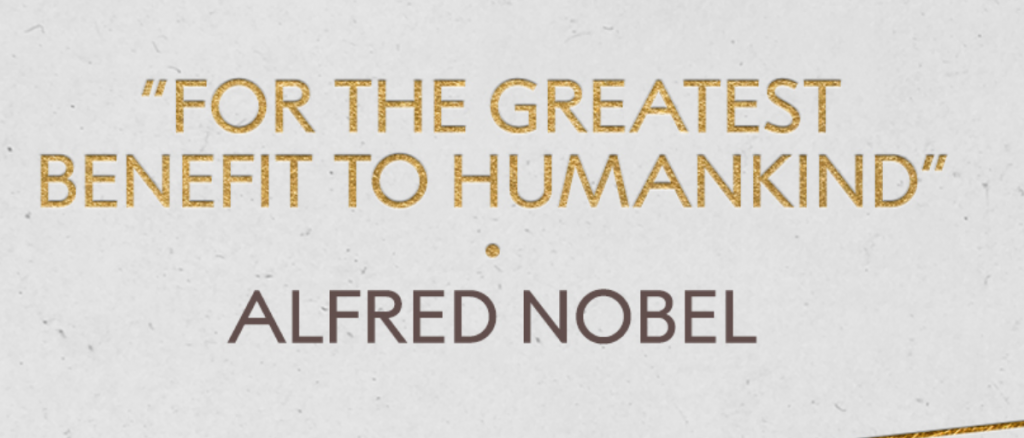AI’s Ability to Solve Problems May Outpace Human Achievements
As we scanned through economist.com recently, we found a creative piece of writing that read like the screenplay of George Lucas’s idea for a new sci-fi series on one of the streaming services. The fictional piece, based on facts and actual events, highlights the social issues between man and machine.
Published on July 3, 2021 schedule, it starts with:
Rage against the machine: December 2036
Imagine if AI were to actually win its first Nobel Prize in any subject, format, or science.
t was a scene that the Nobel committee had dearly hoped to avoid. As the recipients of this year’s prizes filed into the Stockholm Concert Hall to take their seats, dozens of protesters, including several former laureates, clashed with police in the streets outside. They had gathered to express their opposition to the unprecedented decision to award the Nobel prize in physiology or medicine to artificial intelligence.
The committee’s citation recognized yulya—the nickname of a machine-learning system officially known as System for Automated Lymphoma Diagnosis—as the discoverer of ancillary vulnerability, a mechanism whereby specific pairs of antibiotics, working in tandem, can prove effective against bacteria that are otherwise resistant. The committee estimates that in the 18 months since the discovery, which occurred when the death rate associated with the failure of existing antibiotics had risen to around 2.5m a year, yulya’s work has saved around 4m lives, both through direct treatment of infections and by allowing the resumption of surgical procedures, including cesarean sections, that were considered too dangerous without antibiotics.
Seeflection.com just covered a real-life story about this very subject.
Back to the sci-fi conundrum with AI.
“Yulya was originally built to tackle a different problem: finding more effective cancer treatments. One of the world’s most advanced causal nets, it is one of a new generation of artificial intelligence systems combining the pattern-recognition skills of conventional ‘deep’ neural networks with the ability to distinguish causation from mere correlation. By examining records from patient databases, in conjunction with a corpus of papers from medical journals and historical data from pharmaceutical companies, it sought to identify the patterns of symptoms that led to the most severe outcomes, in order to diagnose them earlier.”
The Outrage
Does AI actually create? Or is it merely a programmed tool of a human? Oh, the outcry could be heard all the way from Stockholm.
Many funding bodies require scientists to lay bare the reasoning process of ai systems, in order to be sure that their recommendations do not lead to deadly conclusions. Dr. Rai and her colleagues got funding for yulya’s trial by playing down its role in suggesting the hypothesis. Only when the results showed promise did they publish yulya’s original proposals.
That, in turn, led to a heated debate about whether yulya, or its creators, deserved credit for the breakthrough. Dr. Rai continues to insist that yulya deserves sole credit, a position that has prompted the departure of several members of her original team in the past year. She even refused to go to Stockholm to receive the award on yulya’s behalf from the queen of Sweden.
“It’s not my prize,” she says.
This sci-fi offering is part of the economst.com yearly “what if”stories. We hope you are as intrigued as we were and will click the link below.
read more at economist.com








Leave A Comment